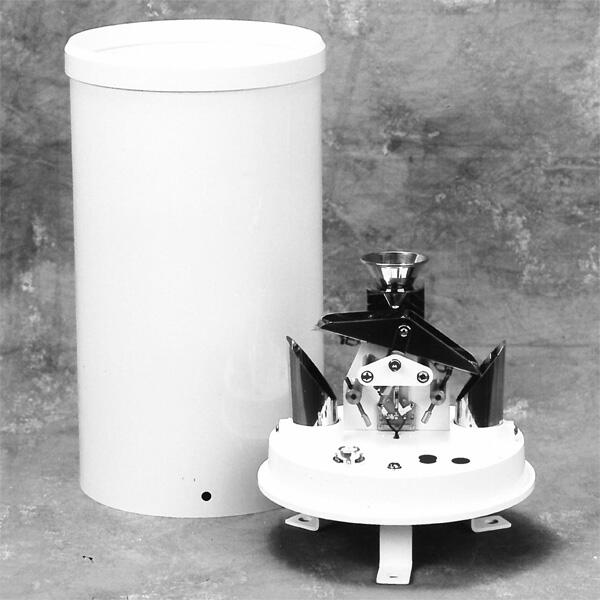
# Rain Gauge: Measuring Precipitation for Weather and Climate Studies
What Is a Rain Gauge Used For?
A rain gauge is a meteorological instrument designed to measure the amount of liquid precipitation (rainfall) over a specific period of time. It plays a crucial role in weather monitoring, hydrological studies, and climate research by providing accurate data on rainfall accumulation.
The Importance of Precipitation Measurement
Measuring rainfall serves multiple purposes across various fields:
- Weather forecasting: Helps meteorologists predict storms and flood risks
- Agriculture: Assists farmers in irrigation planning and crop management
- Hydrology: Provides data for water resource management and flood control
- Climate studies: Contributes to long-term precipitation pattern analysis
Types of Rain Gauges
Several designs exist for measuring precipitation:
1. Standard Cylinder Rain Gauge
The simplest design consisting of a graduated cylinder that collects rainfall directly.
2. Tipping Bucket Rain Gauge
Uses a seesaw mechanism that tips when filled with a specific amount of water, recording each tip electronically.
3. Weighing Precipitation Gauge
Measures rainfall by weight, capable of recording both liquid and frozen precipitation.
4. Optical Rain Gauge
Uses light beams to detect and measure falling raindrops.
How Rain Gauges Work
The basic principle involves collecting precipitation in a standardized container and measuring the accumulated depth of water. Most gauges measure in millimeters or inches, with:
- 1 mm of rainfall = 1 liter per square meter
- 1 inch of rainfall = approximately 25.4 mm
Placement and Maintenance
For accurate measurements, rain gauges should be:
- Placed in open areas away from obstructions
- Positioned at a standard height (typically 30 cm above ground)
- Regularly checked and cleaned to prevent debris accumulation
- Calibrated periodically to ensure measurement accuracy
Applications in Modern Meteorology
Today’s advanced rain gauges often connect to weather stations and networks, providing real-time data for:
- Severe weather warnings
- Urban drainage system management
- Drought monitoring
- Scientific research on climate change
From simple backyard measurements to sophisticated research instruments, rain gauges remain essential tools for understanding and responding to our planet’s water cycle.
Keyword: what is a rain gauge used for